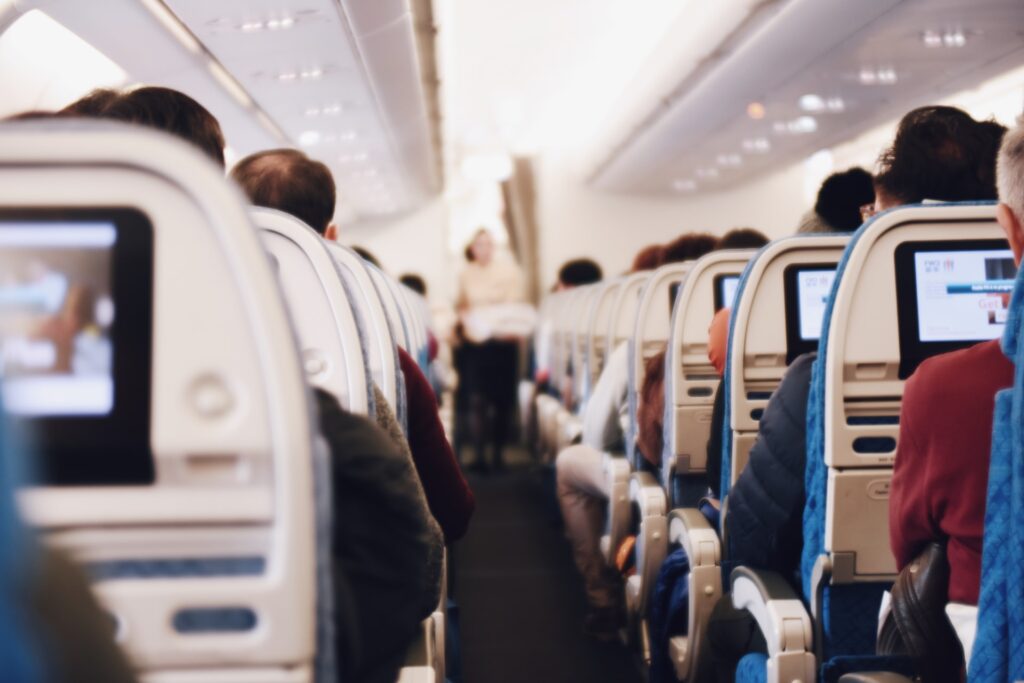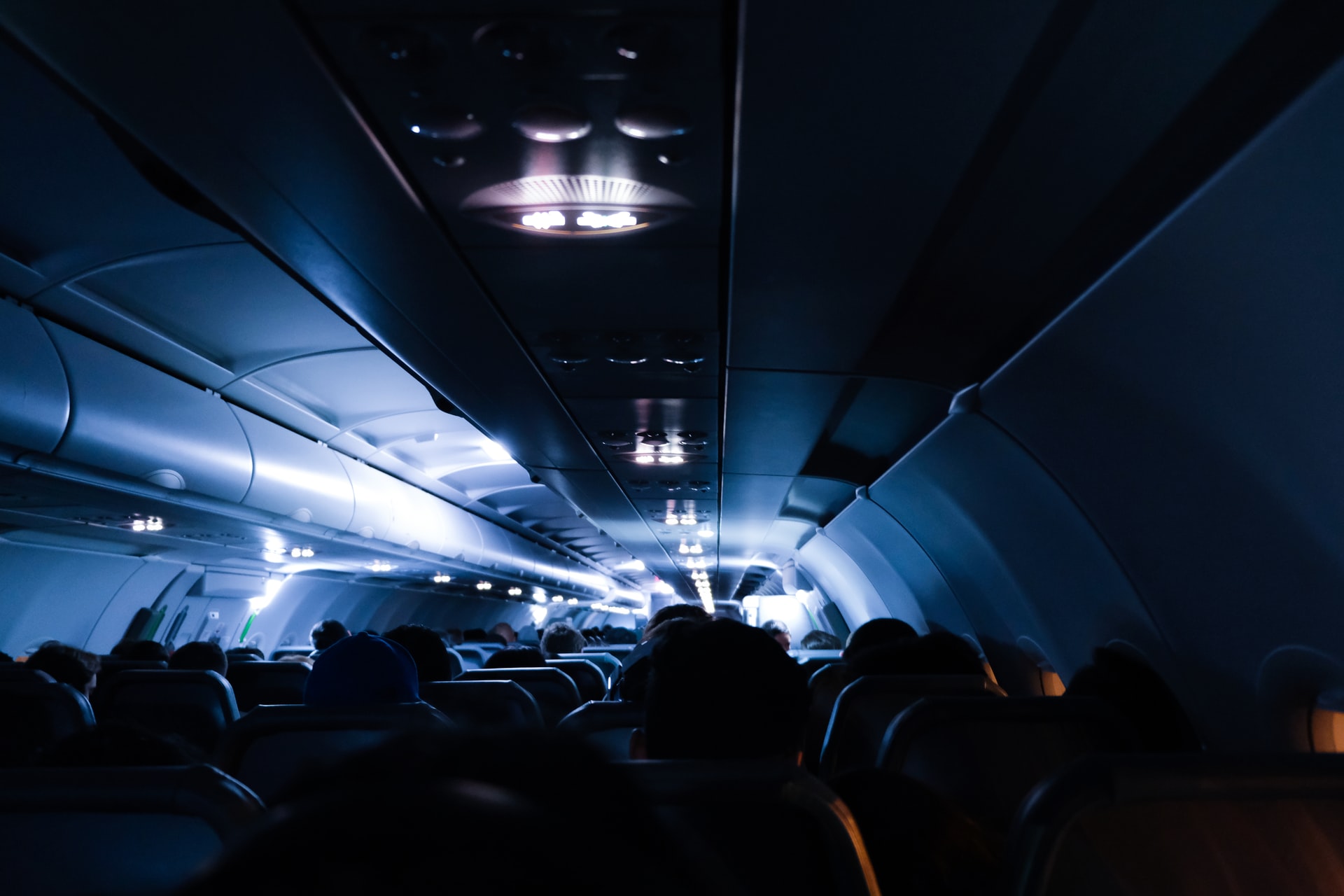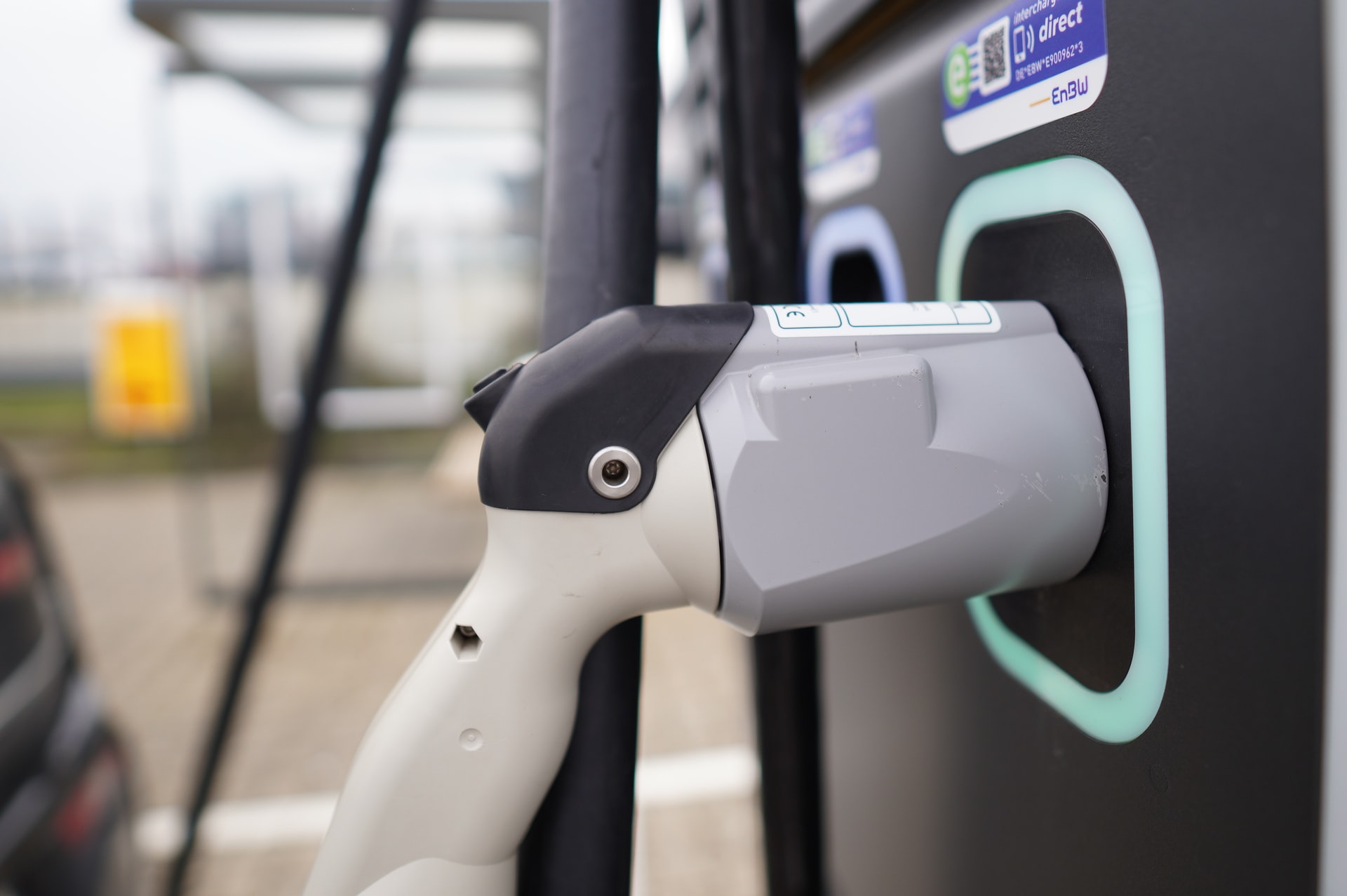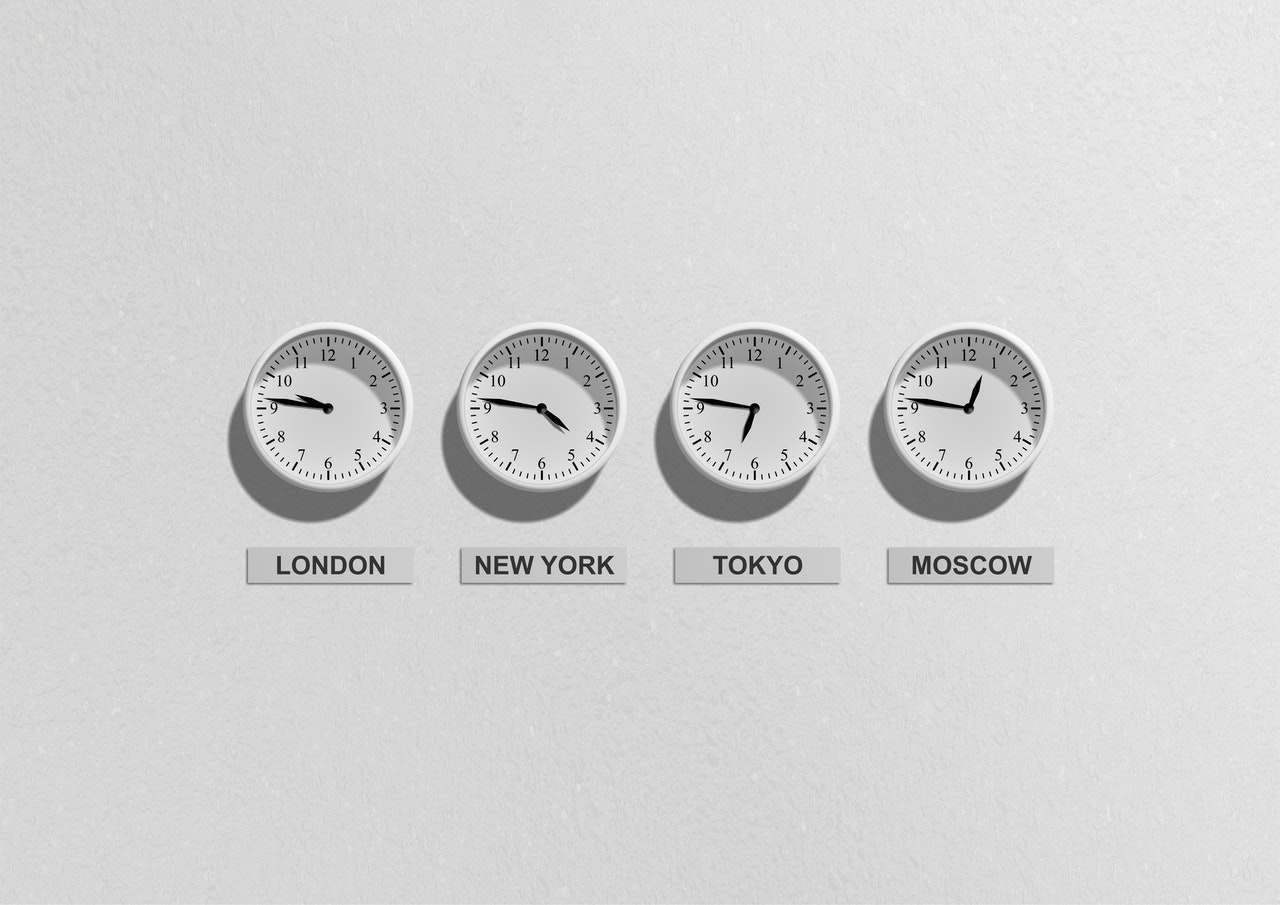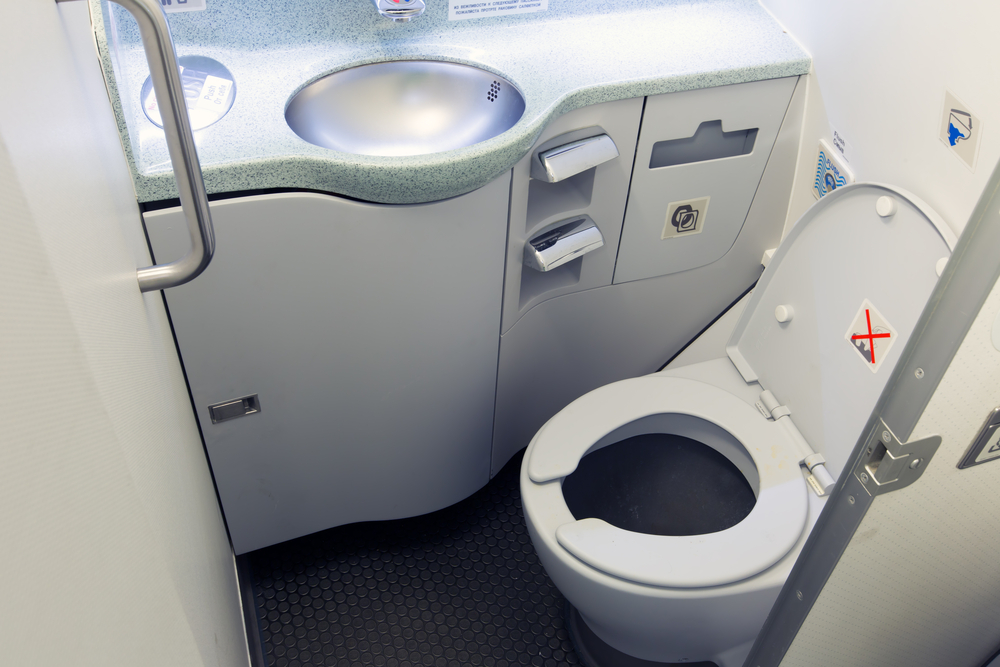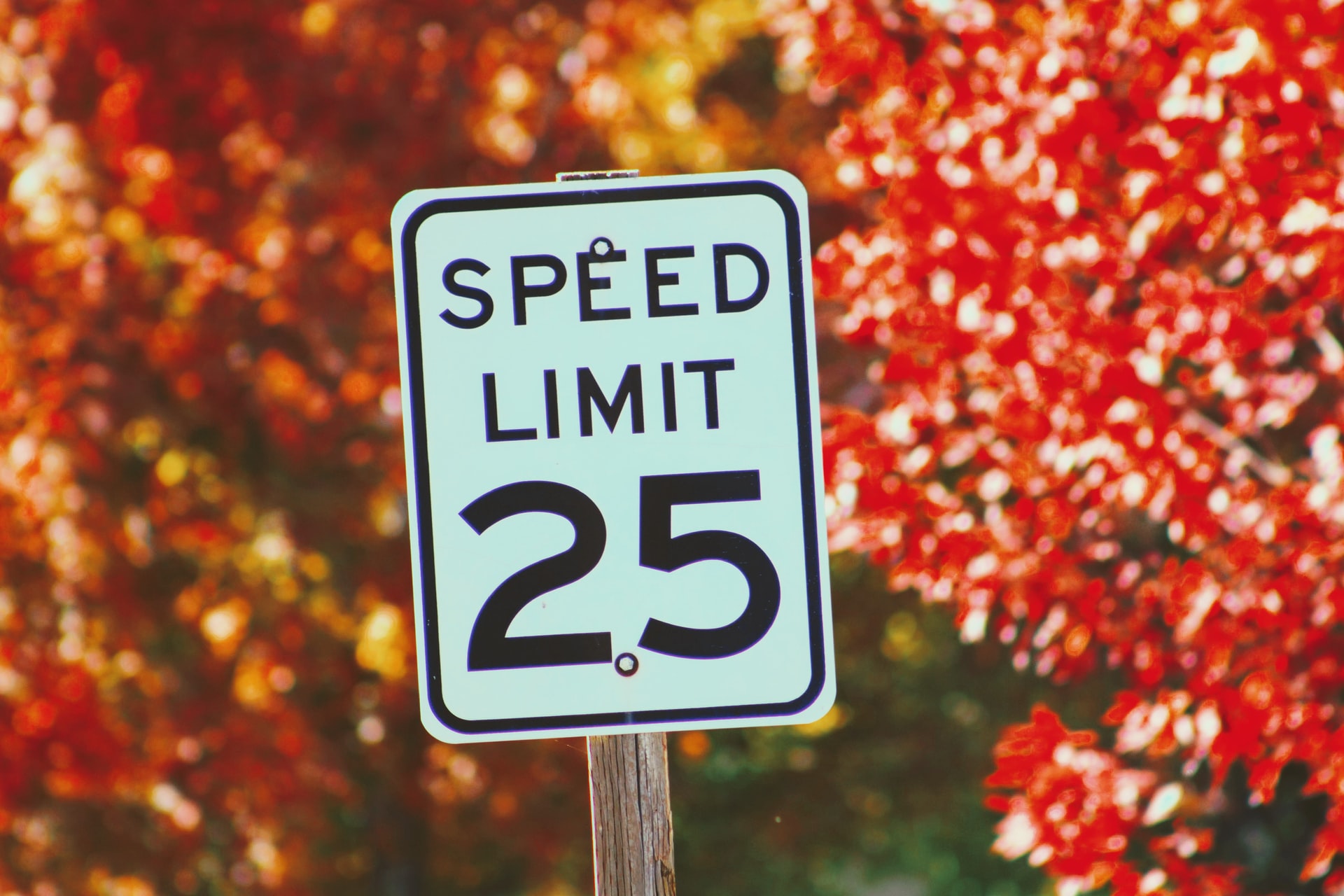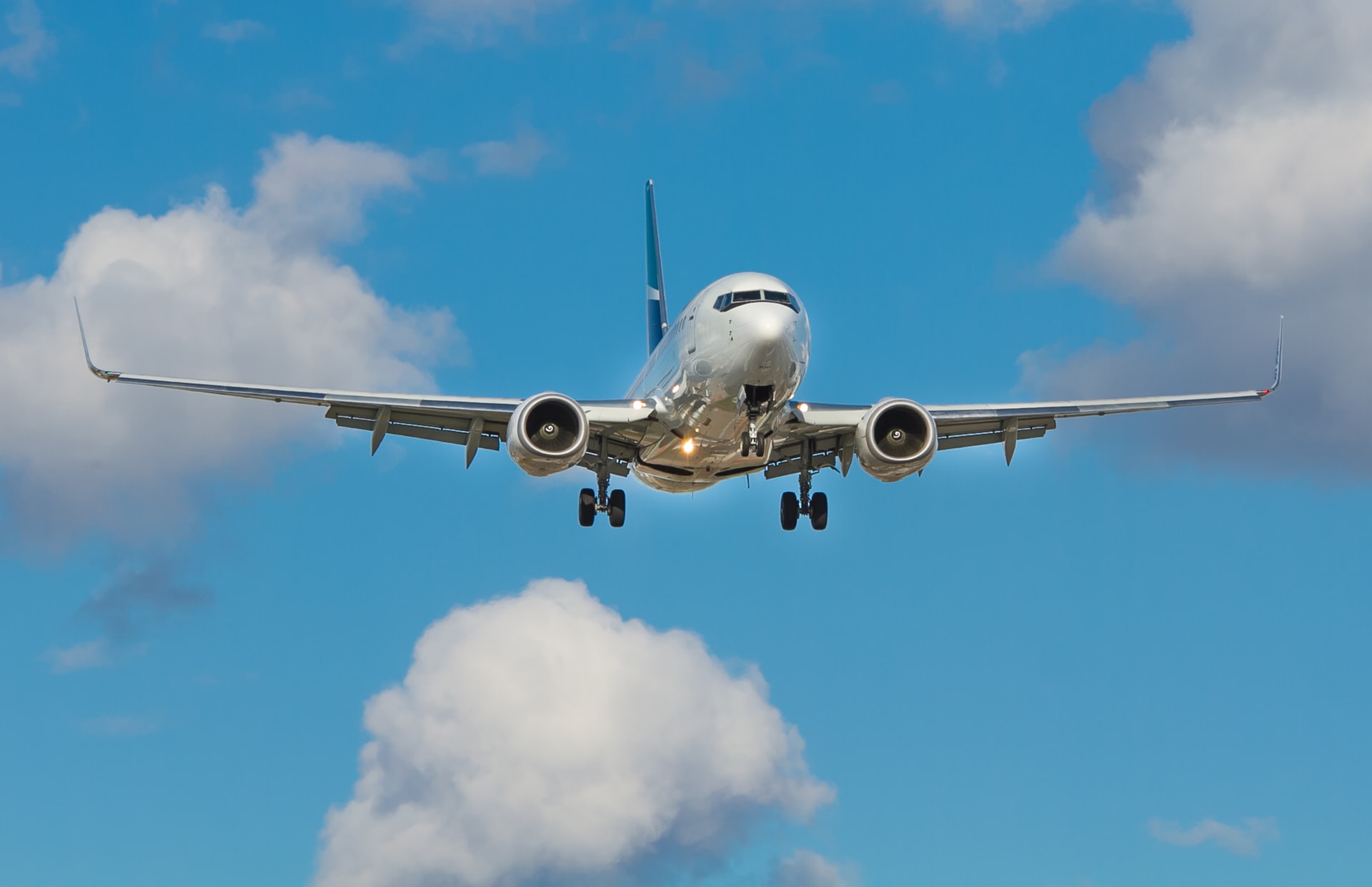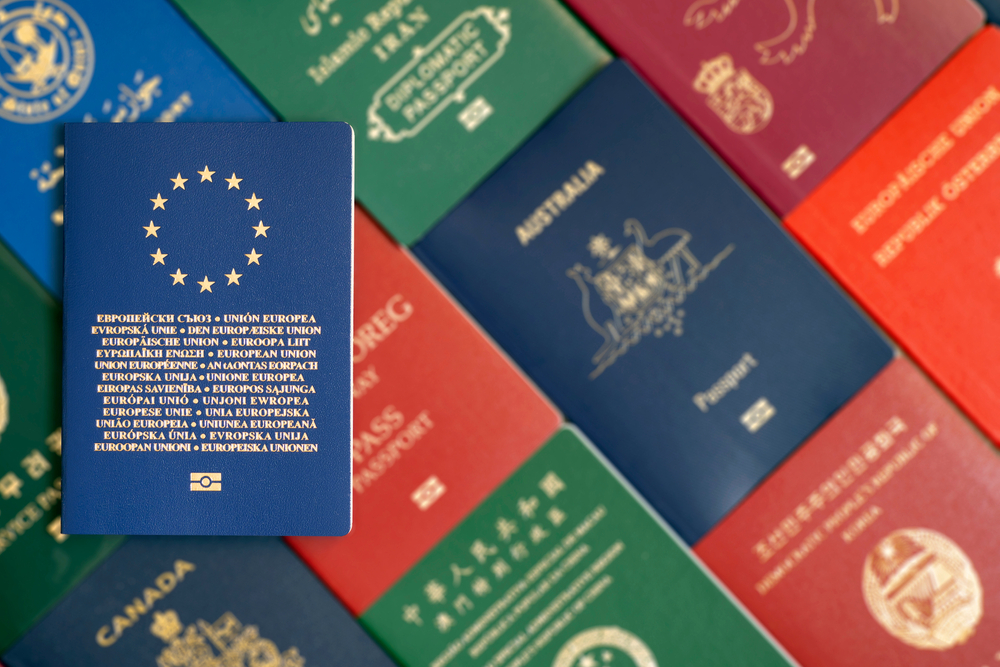Reading Time: < 1 minutes
- The first passenger flight took off in 1908.
- But air travel was considerably risky for the first 20 years or so.
- To improve the safety of flights, several measures were taken over the next few decades.
- One safety rule that was implemented in the 1960s was the 90-seconds rule.
- The 90-seconds rule mandates all airlines using planes with a capacity of 44 people or more to demonstrate the ability to conduct an emergency evacuation in 90 seconds or less.
- Research suggests that most accidents happen during landing (48% of the total) and take-off (13%).
- This means there are higher chances of an emergency situation during take-off and landing.
- And tilted seats can make evacuation time-consuming and tricky.
- This is one reason flight attendants insist on the upright position of the seat.
- The other reason is to prevent or limit injuries.
- The seat is locked in the upright position and unlocked in the reclined position.
- In the case of an emergency, an unlocked seat will have more force during impact.
- So, a jerk causing a rapid back-and-forth movement of the neck can lead to severe injuries to you and the passenger behind you (their head would be 3-inches closer to your backrest).
Image courtesy of Suhyeon Choi through Unsplash
Reference shelf :

